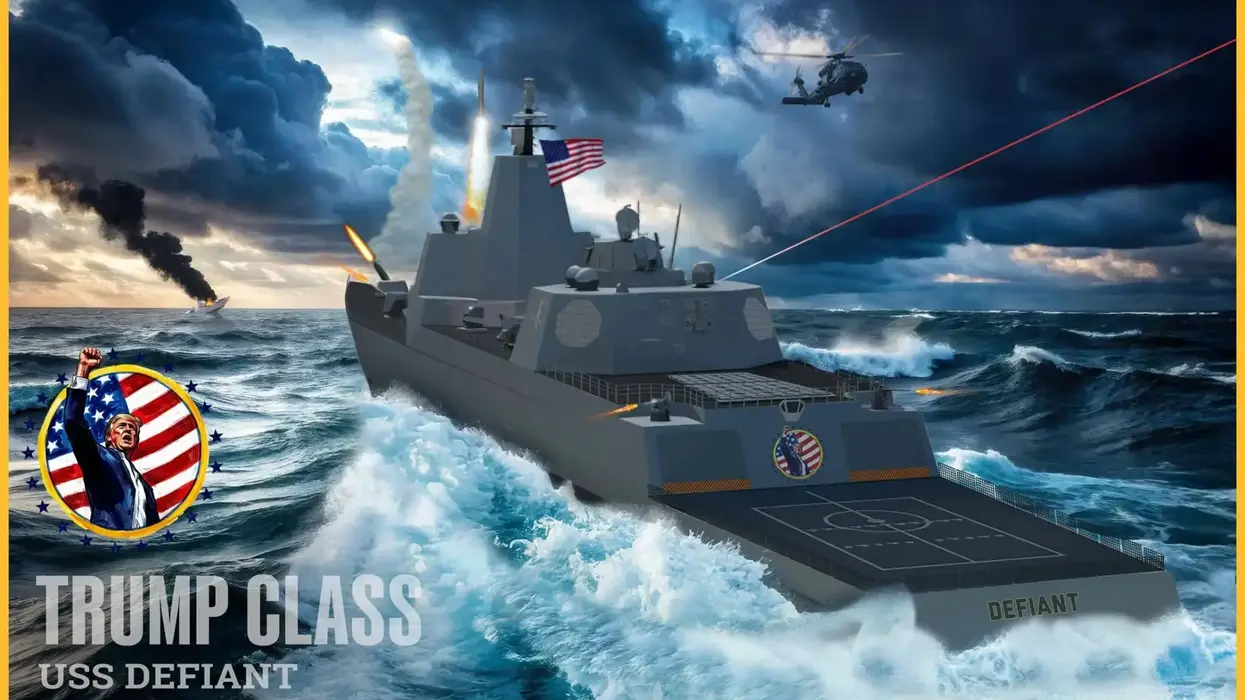It lies in our interest — and that of the Ukrainians — to avoid a prolonged war in Ukraine. There is an important line between the West helping Ukraine defend itself, escalating the war to a dangerous level, and merely advancing a war of attrition — the latter of which may end up playing into Russian hands.
Given the catastrophically high cost of Russia’s invasion in human, economic, and political terms, and given that even those who advocate continuing to arm Ukraine say the outcome of the war is unclear, or even unwinnable, the United States should pair its military assistance with concrete steps towards laying the foundations for a peaceful end to the war. The timing may be ripe thanks to the fact that Western aid and Ukrainian successes on the battlefield have placed Ukraine in a favorable position for negotiations.
While some analysts understand the urgency to bring the war to an end, including Condoleezza Rice and Robert Gates, both former national security cabinet officials in the George W. Bush administration, they advocate for doing so by arming Ukraine with longer-range missiles and other offensive weapons in the belief it can prevail against Russia. Others, slightly more conscious of the escalatory risks of a “total defeat” strategy, including Ivo Daalder of the Chicago Council on Global Affairs and James Goldgeier of the Brookings Institution, do not seem to view a protracted conflict as something to avoid at all costs. They argue instead, that a prolonged war is the most likely scenario and that the West should do its best to support Ukraine through this. Neither approach would lead to a positive outcome.
The “total victory” approach discussed by Rice and Gates would entail going on the offensive to recapture all territory to pre-2014 status. Escalation is not viewed as a real obstacle to achieve this all-but-certain victory. This is highly reckless. In addition, this line of argument does not take into account the difficulties Ukraine would have in governing the peninsula if it managed to recapture it, as Crimeans remain mostly in favor of the Russian annexation. Most analysts acknowledge the popularity of the annexation of Crimea in 2014 among Russians, suggesting that most Russians would also be in support of defending the peninsula at all costs.
Along with further untapped conventional capabilities, the Kremlin possesses the largest nuclear arsenal in the world at its disposal. Chief Spokesman for the Kremlin Dmitri Peskov did not rule out the use of nuclear weapons should the country face an existential threat and Vladimir Putin himself has repeatedly cautioned that any attack on Russia could provoke a nuclear response.
Just recently, Deputy Chairman of Russia's Security Council Dmitri Medvedev also warned of a nuclear war should the West try to defeat Russia in Ukraine. While many believe the threat of escalation and nuclear war to be overblown, or claim these threats have been discredited, gambling on this is immensely unwise regardless of the risk factor, as the costs would be enormous and irreversible. This does not mean that we would be “yielding to nuclear blackmail,” but rather applying caution to our strategy. The Biden administration appears to agree with this logic and has been reluctant to provide Ukraine with longer-range missiles, as Biden reiterated in a press conference during Ukrainian President Volodymyr Zelensky’s visit to the White House.
Alternatively, Daalder and Goldgeier argue that the West needs to support a protracted conflict in Ukraine, as neither side will come to the negotiating table. This support would include continued military aid, containing Russia's larger ambitions by maintaining economic sanctions and isolating Moscow diplomatically, and ensuring the conflict doesn’t escalate. While U.S. support for Ukraine should not waver, our priority should be to try and end the war. Though some have argued that a long war with Russia is a great bargain as we are weakening the country at a very low cost, a protracted conflict has important wide-reaching consequences that need to be avoided.
Russia and Ukraine have each lost at least 100,000 soldiers, according to European and U.S. military estimates. An estimated 40,000 Ukrainian civilians have died, according to General Mark Milley, Chairman of the Joint Chiefs of Staff. The Ukrainian state is treading on a fine line with its economy in tatters, fully dependent on the West for a lifeline. At this point, damage to the Ukrainian economy has far exceeded damage to the Russian economy. Moreover, Russia seems to have the capacity to continue relentlessly bombing Ukrainian infrastructure. A long war would prevent the Ukrainian government from rebuilding its infrastructure, attracting investment, and becoming a full-fledged democracy — all of which would severely hamper Ukraine’s ability to take real steps towards integrating the EU.
An unresolved conflict also leaves larger security issues between Russia and the West unsolved, causing long-term insecurity across the continent. Structural imbalances have been a major point of contention in the Russian-Western relationship since the end of the Cold War, issues that will not resolve themselves without taking concrete steps to address them. One such issue is NATO enlargement (which also raises concerns on the placement of foreign bases and strategic weapons) and the different interpretations of the ‘‘indivisibility of security.” Moreover, the rising nationalism that will ensue in Russia as a result of its continued isolation will only tap into the Kremlin’s anti-Western narrative.
Europe, meanwhile, is in the grips of an economic crisis. Britain, France, Germany, and Spain are all seeing labor unrest and waves of protests as wages fail to keep up with the precipitous rise in the cost of living. The skyrocketing cost of energy has forced industries across the continent to shut down or suspend production, particularly as Washington rolls out its Inflation Reduction Act. This has alarmed EU officials, who fear that businesses will shift production to the United States, leading to the deindustrialization of Europe’s major economies. The continent could see a consequent rise in inequality, populism, and political unrest — as seen in the UK and the United States. These developments could create rifts in the transatlantic relationship, particularly as the United States simultaneously pressures the EU to follow its lead in distancing itself from China economically — which the EU cannot afford.
Americans are also struggling with inflation, which, although not as sharp as Europe’s, is causing people to increasingly question their government’s level of support for Ukraine if that means paying more for food and gas. According to a poll conducted in December by the Chicago Council on Global Affairs, 47 percent of Americans believe Washington should urge Kyiv to settle for peace as soon as possible, even if Ukraine would lose territory.
Time may very well be on Putin’s side, particularly as Russia has three times the manpower as Ukraine and a population accustomed to riding out tough economic times, unlike much of the Western world.
Based on the negative consequences of a protracted conflict illustrated above, it is within our interest to bring this war to an end. Rather than doing so by dramatically escalating the war, we need to pair our military assistance with real moves towards a peace settlement in Ukraine. The United States so far has not exhausted all its possibilities to initiate talks and should be investing far more into a diplomatic approach. As the main provider of Ukrainian financial and military support, the United States is in the position to take on this role. People’s lives and livelihood depend on it, as does the future of European security.
















